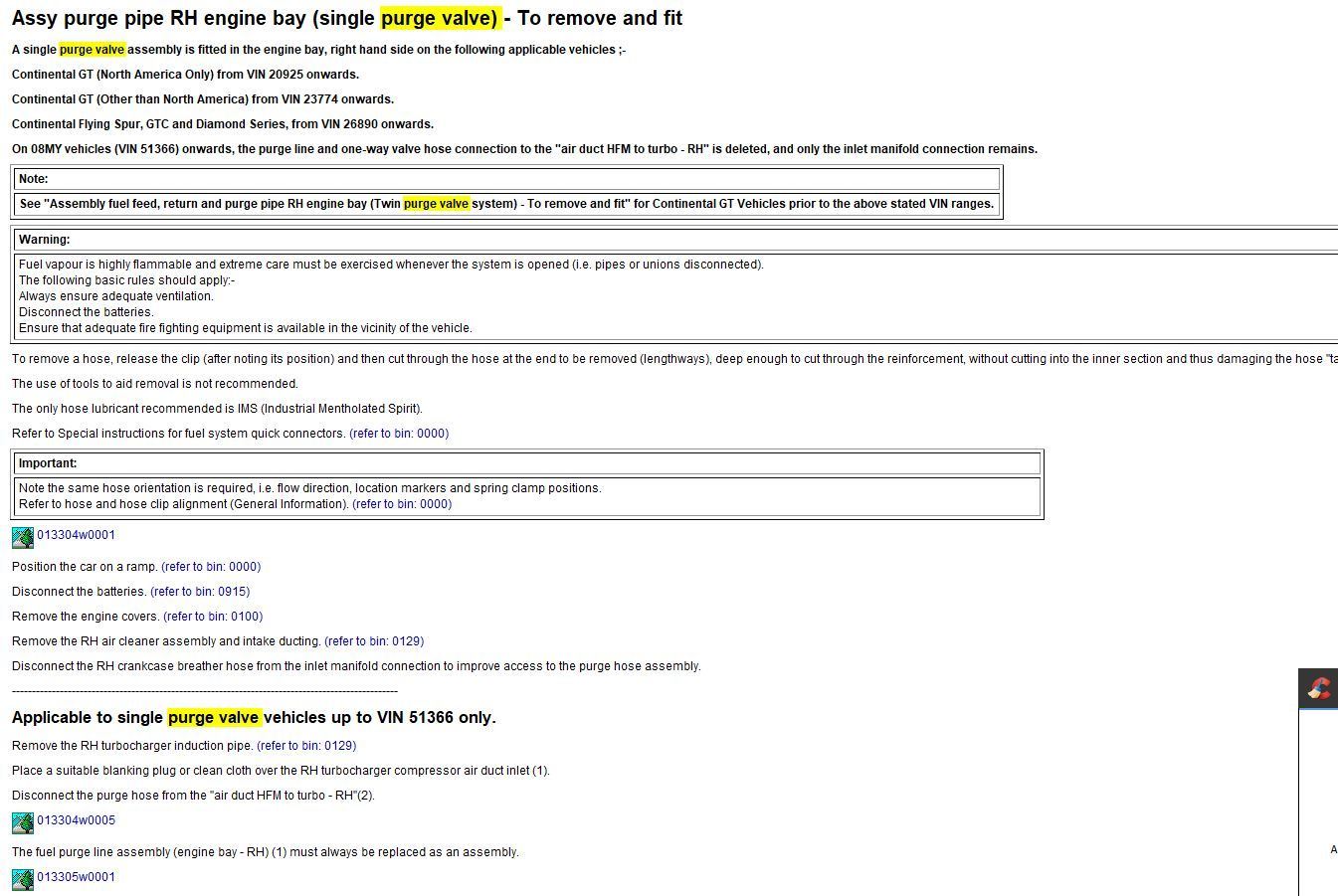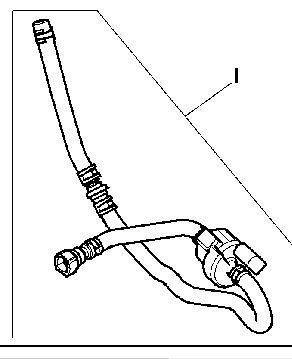Solving evap emission leak code P0456
#1
Solving evap emission leak code P0456
Every now and then I get a check engine light for a code P0456. That is defined as a very small evaporative emission system leak. I've been erasing the code but think it would be interesting to resolve the underlying problem...if its not too complicated or expensive.
Does anyone have suggestions as to what might commonly be causing this and what to do about it?
Initially I thought it might be the fuel cap gasket so I replaced it. But later I noticed the fuel cap leak has it own code P0457 and the check engine light still comes back on after a week or two.
My 2008 GT Speed has already had the engine out major leak repaired.
Does anyone have suggestions as to what might commonly be causing this and what to do about it?
Initially I thought it might be the fuel cap gasket so I replaced it. But later I noticed the fuel cap leak has it own code P0457 and the check engine light still comes back on after a week or two.
My 2008 GT Speed has already had the engine out major leak repaired.
#6
I found this on FIXIT. It may help you with the P0456 code. If you need the diagrams from the text I sent you from the IETIS service manual, let me know.
Code P0456 Meaning
The evaporative emission control (EVAP) system prevents fuel vapors from escaping into the atmosphere. The fuel vapors from the fuel tank are absorbed and stored by charcoal pellets in the charcoal canister. The vent control valve is controlled by the engine control module (ECM) and allows air to flow into the charcoal canister to purge the gas vapors into the engine air intake to be burned. The flow of the gas vapors from the charcoal canister to the engine air intake is controlled by a purge volume control valve. The vent control valve is usually open when the engine is at normal operating temperature, and the purge volume control valve is commanded on when the ECM is ready to burn the built-up fuel vapors. However, when the vehicle is turned off the ECM performs a leak test to ensure the evaporative emission control system is working properly. During the leak test, the ECM closes the vent control valve and purge valve to seal the evaporative system. If the EVAP system does not maintain the pressure, the ECM recognizes an evaporative emission control leak. In the case of P0456, it is a small-sized leak, smaller than .020Ē in diameter.What Is the Cause of Code P0456?
- Loose or damaged gas cap
- Leaking or disconnected EVAP hose
- Faulty purge volume control valve
- Faulty canister vent control valve
- Charcoal canister leak
- Leaking fuel tank
How To Diagnose P0456:
- Scan your vehicle to verify P0456 is the only code present. If other codes are present regarding fuel pressure or the fuel system, repair and diagnose those first. If it is paired with P0441, P0440, and/or P0446, there is most likely a solenoid failure, leaking charcoal canister, or a more complex EVAP leak.
- Inspect your gas cap to see if it is loose or damaged. If your gas cap is loose, tighten it and clear the code. Inspect your gas cap for physical damage or deterioration. However, it should be noted that damage to the gas cap or deterioration of its components is not always noticeable. If your gas cap was not loose and you do not see any indications of failure, try replacing the gas cap anyway and clearing the codes. Gas caps are relatively inexpensive and are often the fix for code P0456.
- Check for cracked or disconnected EVAP hoses near or connected to the engine air box. Replace cracked/disconnected hoses. Clear code
- Inspect the fuel tank and charcoal canister for damage and leaks. Replace if necessary.
- Check the purge volume control valve for proper operation. This valve is normally not powered on and when at rest, with no power source applied, does not allow air to pass through. It can get sticky causing leaks. To test: Remove hoses from either side of the purge volume control valve with the key and engine off. Blow through openings with no power supplied. If you canít blow through them, they are sealing properly and are most likely not the cause of this small evap leak. (Tech Tip- The purge volume control valve is usually under the hood near the airbox or intake manifold.)
- Check the charcoal canister vent control valve for proper operation. This valve is normally not powered on and when at rest, with no power source applied, allows air to pass through. It can get sticky, causing leaks, or the internal solenoid can fail and not operate properly. To test: Remove hoses from either side of the charcoal canister vent control valve with the key and engine off, unplug it from the vehicle, and remove it from the vehicle. Blow through openings with no power supplied. Air should pass through. Now supply a fused power source to one side and ground to the other of the electrical connector. Blow through the openings again. If you canít blow through them, they are sealing properly and are most likely not the cause of this small evap leak. (Tech Tip- The charcoal canister vent control valve is usually connected to the charcoal canister underneath the vehicle.)
- The leak causing code P0456 is often too small to see. If you have completed all of these diagnostic steps, a smoke test may be necessary. You can purchase a smoke tester from to do it yourself, or you may want to take it to a shop to find the leak.
#7
Wow, that is great info. Thank you so much for your effort.
Now I have a lot of things to investigate.
I'll get to the car after I do my tax return. That could be awhile.
Now I have a lot of things to investigate.
I'll get to the car after I do my tax return. That could be awhile.
Last edited by MrVette; 03-05-2020 at 01:32 PM.
Thread
Thread Starter
Forum
Replies
Last Post
gearhead
996 Turbo / GT2
3
01-14-2012 11:35 AM







